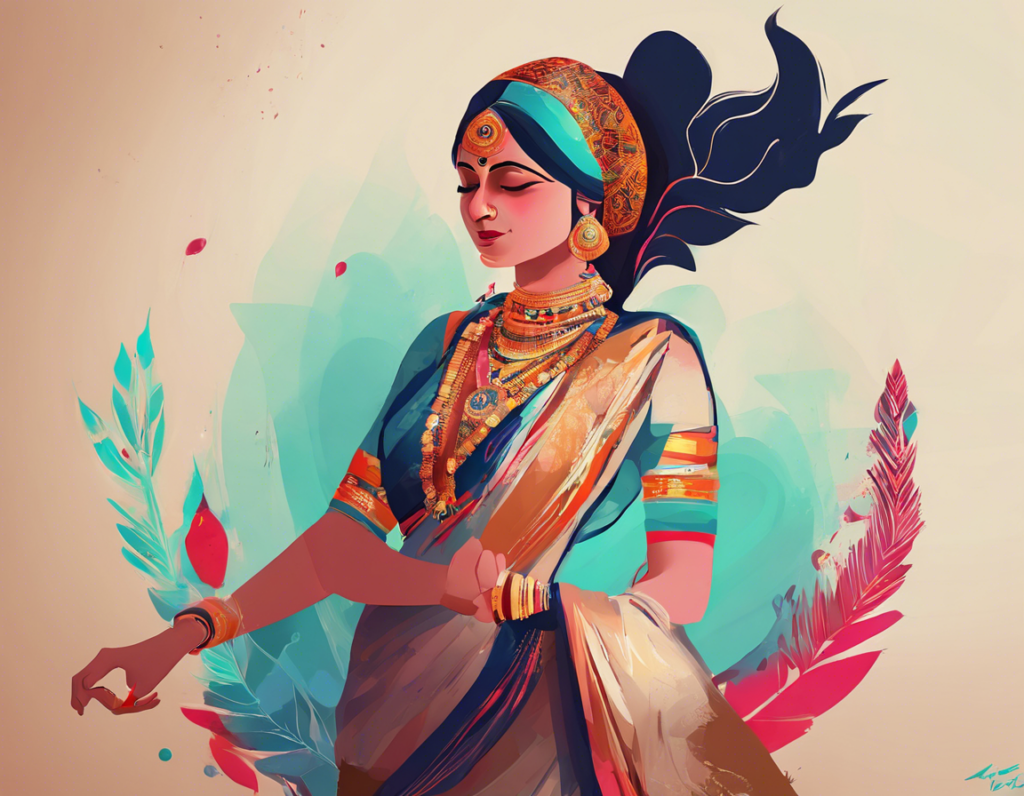Introduction
Katha Ankahee – the term itself resonates with a sense of mystery and intrigue. For centuries, storytelling has been an integral part of human culture, serving as a means of entertainment, education, and cultural preservation. In the vast landscape of Indian literature, Katha Ankahee stands out as a unique genre that delves into the untold, unspoken stories that linger in the shadows of societal norms and expectations.
Exploring the Origins
Katha Ankahee finds its roots in the rich tradition of Indian folklore, where oral tales were passed down through generations, weaving a tapestry of myths, legends, and moral fables. Over time, these stories evolved to reflect the changing social dynamics, incorporating themes of love, betrayal, redemption, and the supernatural.
Themes and Motifs
At the heart of Katha Ankahee lies a deep exploration of human emotions and experiences. Themes of forbidden love, tragic destinies, and the quest for truth permeate these narratives, drawing the reader into a world where reality blends seamlessly with the supernatural.
Key Characteristics
- Rich symbolism: Katha Ankahee often employs rich symbolism and metaphor to convey deeper truths and insights into the human condition.
- Twists and turns: The narrative structure of Katha Ankahee is characterized by unexpected twists and turns, keeping the reader engaged till the very end.
- Moral ambiguity: Unlike traditional tales with clear moral lessons, Katha Ankahee thrives on moral ambiguity, challenging readers to question their preconceived notions of right and wrong.
Influence on Modern Literature
In recent years, Katha Ankahee has experienced a revival in Indian literature, with contemporary writers drawing inspiration from its enigmatic allure. Authors such as Chitra Banerjee Divakaruni, Arundhati Roy, and Vikram Chandra have skillfully incorporated elements of Katha Ankahee into their works, adding a touch of mystique and depth to their storytelling.
The Relevance Today
As we navigate the complexities of the modern world, the timeless allure of Katha Ankahee continues to captivate readers, offering a glimpse into the hidden recesses of the human psyche. In a society inundated with noise and distractions, these untold stories serve as a reminder of the power of silence, reflection, and introspection.
Conclusion
In the vast canon of Indian literature, Katha Ankahee shines as a beacon of storytelling that transcends boundaries of time and space. Its enduring appeal lies in its ability to unravel the mysteries of the human experience, inviting readers to embark on a journey of self-discovery and contemplation.
FAQs
- What is the significance of Katha Ankahee in Indian literature?
-
Katha Ankahee plays a crucial role in exploring hidden narratives and delving into the deeper layers of human experiences, making it a unique and compelling genre in Indian literature.
-
How does Katha Ankahee differ from traditional storytelling?
-
Unlike traditional tales with clear moral lessons, Katha Ankahee thrives on moral ambiguity and unexpected plot twists, challenging readers to think critically and question societal norms.
-
Who are some notable authors known for their contributions to Katha Ankahee?
-
Authors such as Chitra Banerjee Divakaruni, Arundhati Roy, and Vikram Chandra have incorporated elements of Katha Ankahee into their works, adding depth and complexity to their storytelling.
-
What are some common themes found in Katha Ankahee narratives?
-
Themes of forbidden love, tragic destinies, the supernatural, and the quest for truth are common in Katha Ankahee narratives, reflecting the intricacies of human emotions and experiences.
-
How has Katha Ankahee evolved over time?
- The genre of Katha Ankahee has evolved to reflect changing social dynamics and cultural influences, incorporating modern themes and perspectives while staying true to its traditional roots.
